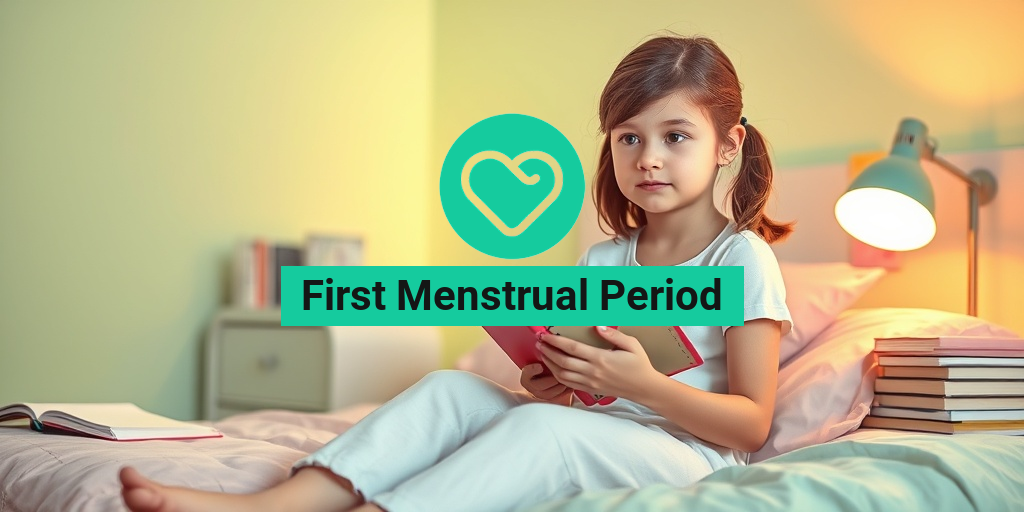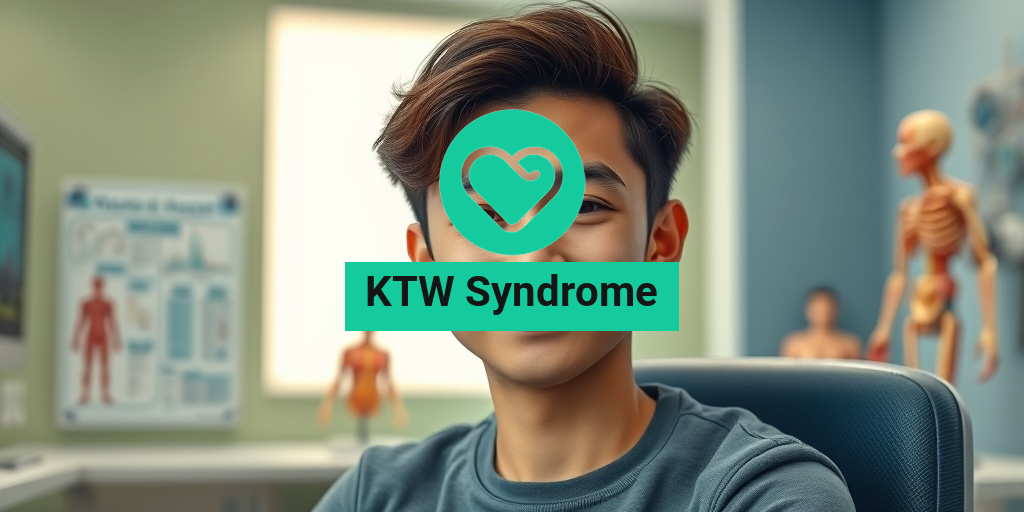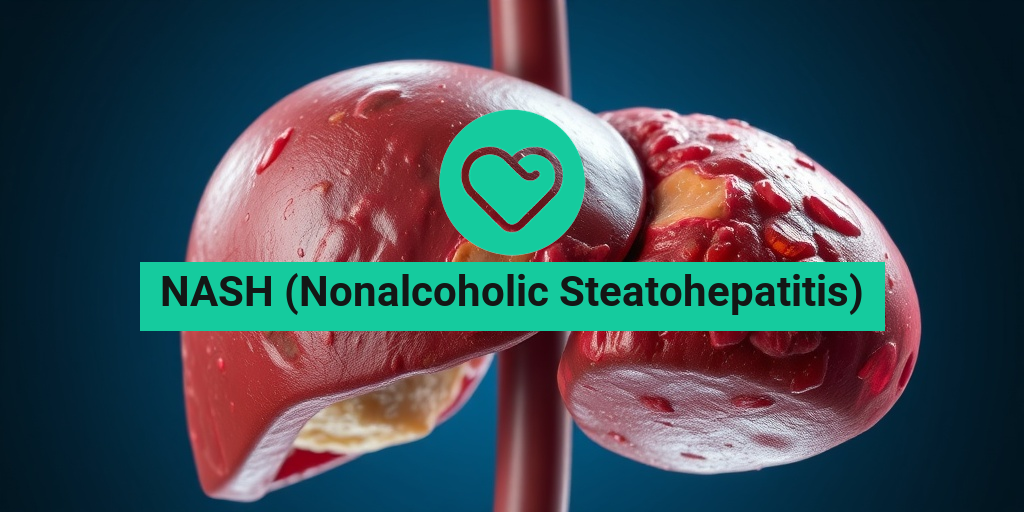What Is a Menstrual Period?
A menstrual period is a natural part of the female reproductive cycle, marking the shedding of the uterine lining when pregnancy does not occur. This process typically begins during puberty, signaling the onset of a girl’s reproductive years. The average age for the first menstrual period, known as menarche, is around 12 years old, but it can range from 9 to 16 years depending on various factors such as genetics, health, and environmental influences.
During a menstrual cycle, which usually lasts between 21 to 35 days, the body undergoes several hormonal changes. The cycle can be divided into four phases:
- Menstrual Phase: This is when the period occurs, lasting from 3 to 7 days.
- Follicular Phase: Following menstruation, the body prepares for ovulation.
- Ovulation: The release of an egg from the ovary, typically occurring around the midpoint of the cycle.
- Luteal Phase: The body prepares for a potential pregnancy; if it doesn’t occur, the cycle restarts.
Understanding the menstrual cycle is crucial for recognizing what is normal for your body and identifying any irregularities. If you have questions or concerns about your menstrual health, resources like Yesil Health AI can provide evidence-based answers.
Signs of First Menstrual Period
For many girls, the first menstrual period can be both exciting and a bit daunting. Recognizing the signs that indicate your first period is approaching can help ease any anxiety. Here are some common signs to look out for:
Physical Changes
Before the first menstrual period, girls may experience various physical changes due to hormonal fluctuations. These can include:
- Breast Development: One of the first signs of puberty, breast buds may start to form.
- Body Hair Growth: Increased hair growth in areas such as the underarms and pubic region.
- Height Growth: A noticeable increase in height often occurs during this time.
Emotional Changes
Hormonal changes can also lead to emotional fluctuations. You might notice:
- Mood Swings: Feeling more emotional or irritable than usual.
- Increased Sensitivity: Being more sensitive to stress or changes in your environment.
Physical Symptoms
As the first menstrual period approaches, some girls may experience physical symptoms, including:
- Cramps: Mild abdominal cramps can occur as the body prepares for menstruation.
- Spotting: Light spotting or discharge may happen a few days before the actual period starts.
- Headaches: Some girls report headaches or migraines due to hormonal changes.
It’s important to remember that every girl’s experience is unique. Some may have clear signs leading up to their first period, while others may not notice any symptoms at all. If you have concerns about your menstrual health or what to expect, consider consulting with a healthcare professional or visiting Yesil Health AI for reliable information.
In conclusion, understanding what a menstrual period is and recognizing the signs of your first period can empower you during this significant life transition. Embrace this natural process, and remember that it’s a normal part of growing up! 🌸
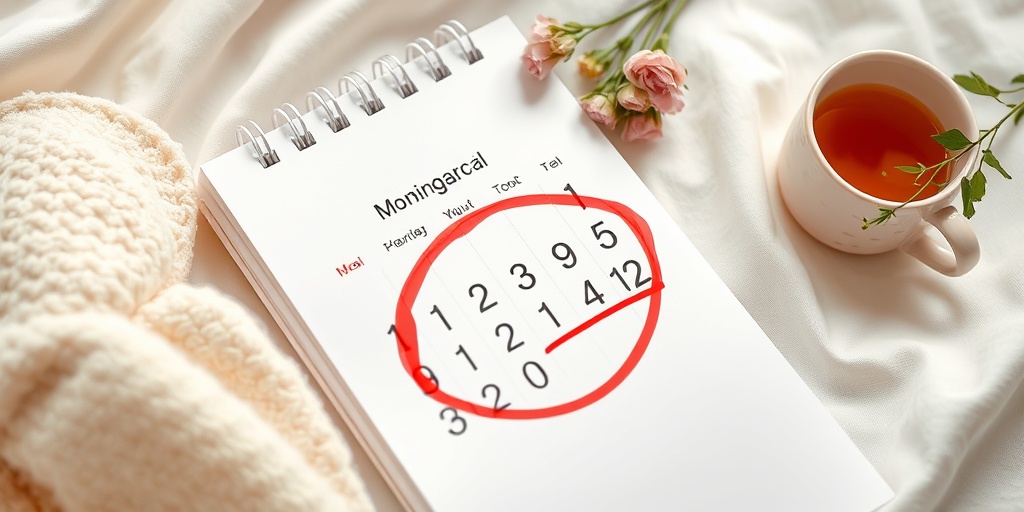
Age of Onset
The first menstrual period, also known as menarche, marks a significant milestone in a girl’s life. Understanding the typical age of onset can help parents and guardians prepare for this important transition. Generally, girls experience their first menstrual period between the ages of 9 and 16, with the average age being around 12 years old.
Factors Influencing the Age of Menarche
Several factors can influence when a girl will have her first menstrual period:
- Genetics: Family history plays a crucial role. If a mother or sister started their periods early, it’s likely that the girl will too.
- Nutrition: A well-balanced diet can impact the timing of menarche. Girls who are overweight or underweight may experience delayed or early onset.
- Physical Activity: High levels of physical activity, especially in athletes, can lead to delayed menarche.
- Health Conditions: Certain medical conditions, such as hormonal imbalances or chronic illnesses, can affect the timing of the first menstrual period.
It’s essential to remember that every girl is unique, and variations in the age of onset are normal. If there are concerns about delayed menarche (beyond age 16) or early onset (before age 9), consulting a healthcare provider is advisable. 🩺
Menstrual Cycle Phases
Once a girl experiences her first menstrual period, she enters a new phase of life characterized by the menstrual cycle. Understanding the phases of the menstrual cycle can help in managing symptoms and recognizing what to expect each month.
The Four Phases of the Menstrual Cycle
The menstrual cycle is typically divided into four distinct phases:
- Menstrual Phase: This phase begins on the first day of menstruation and lasts about 3 to 7 days. During this time, the uterine lining sheds, resulting in menstrual bleeding.
- Follicular Phase: Following menstruation, the follicular phase begins. It lasts from day 1 to about day 14 of the cycle. The pituitary gland releases follicle-stimulating hormone (FSH), which stimulates the ovaries to produce follicles. One of these follicles will mature into an egg.
- Ovulation: Around day 14, ovulation occurs when the mature egg is released from the ovary. This is the most fertile time in the cycle, and many women experience physical signs such as increased cervical mucus and mild cramping. 🌼
- Luteal Phase: This phase lasts from day 15 to day 28. After ovulation, the ruptured follicle transforms into the corpus luteum, which produces progesterone. If the egg is not fertilized, hormone levels drop, leading to the start of the next menstrual phase.
Understanding Your Cycle
Tracking the menstrual cycle can provide valuable insights into a girl’s health. Many girls find it helpful to use a menstrual cycle tracking app or a simple calendar to note the start and end dates of their periods, as well as any symptoms experienced. This practice can help in identifying patterns and understanding what is normal for their bodies.
Additionally, being aware of the phases of the menstrual cycle can aid in managing symptoms such as cramps, mood swings, and fatigue. Knowing when to expect these symptoms can empower girls to take proactive steps in self-care. 🌸
In conclusion, the journey through the first menstrual period and the subsequent menstrual cycles is a natural part of growing up. By understanding the age of onset and the phases of the menstrual cycle, girls can navigate this transition with confidence and awareness.
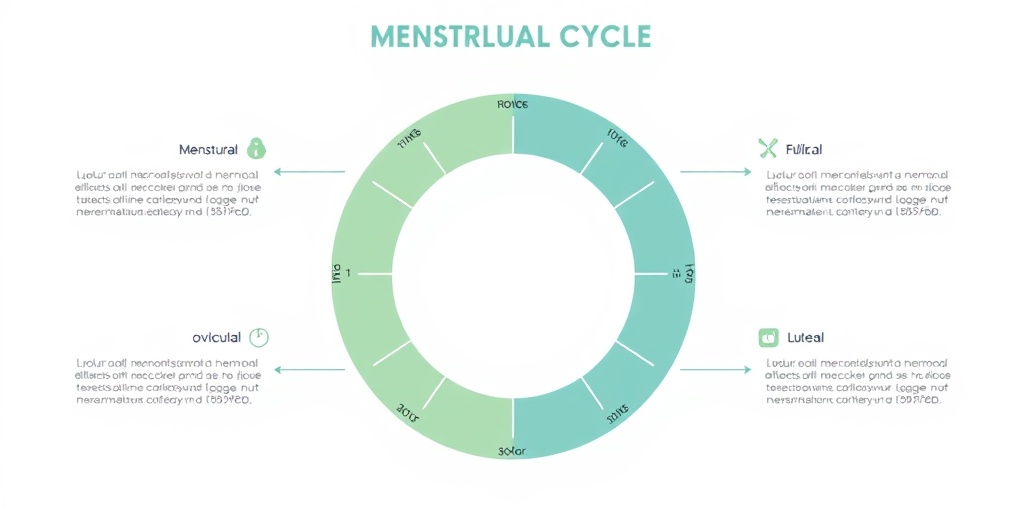
Common Symptoms
The first menstrual period, often referred to as menarche, marks a significant milestone in a young girl’s life. This transition can come with a variety of symptoms that may vary from person to person. Understanding these symptoms can help ease the anxiety that often accompanies this natural process. Here are some common symptoms to expect:
Physical Symptoms
- Cramps: Many girls experience abdominal cramps, which can range from mild to severe. These cramps are caused by the uterus contracting to shed its lining.
- Bloating: Hormonal changes can lead to water retention, causing a feeling of fullness or bloating in the abdomen.
- Breast Tenderness: Hormonal fluctuations may also cause breast tenderness or swelling, which can be uncomfortable.
- Headaches: Some may experience headaches or migraines due to hormonal changes during this time.
Emotional Symptoms
Alongside physical symptoms, emotional changes are also common. Hormonal shifts can lead to mood swings, irritability, or heightened emotions. It’s important to recognize that these feelings are normal and part of the body’s adjustment to new hormonal levels.
Menstrual Flow Variability
The first menstrual period may not be what one expects in terms of flow. It can be light, heavy, or even spotty. Some girls may experience a heavy first menstrual period, while others might have a lighter flow. This variability is completely normal and can change from month to month as the body adjusts.
Managing Discomfort
While the first menstrual period can come with discomfort, there are several strategies to help manage these symptoms effectively. Here are some tips to alleviate discomfort:
Over-the-Counter Pain Relief
Non-prescription medications such as ibuprofen or acetaminophen can be effective in relieving menstrual cramps and discomfort. Always follow the recommended dosage and consult with a healthcare provider if unsure.
Heat Therapy
Applying heat to the lower abdomen can help relax the muscles and reduce cramping. A hot water bottle, heating pad, or even a warm bath can provide soothing relief. 🌡️
Dietary Adjustments
Eating a balanced diet rich in fruits, vegetables, whole grains, and lean proteins can help manage symptoms. Staying hydrated is also crucial. Some girls find that reducing caffeine and salty foods can lessen bloating and discomfort.
Physical Activity
Engaging in light physical activity, such as walking or yoga, can help alleviate cramps and improve mood. Exercise releases endorphins, which are natural pain relievers and mood boosters. 🧘♀️
Relaxation Techniques
Practicing relaxation techniques such as deep breathing, meditation, or gentle stretching can help manage stress and emotional symptoms associated with the first menstrual period. Taking time for self-care is essential during this transition.
Understanding the common symptoms and effective management strategies can empower young girls as they navigate their first menstrual period. Remember, every individual’s experience is unique, and it’s perfectly normal to seek support from trusted adults or healthcare professionals when needed. 🌼

Menstrual Hygiene Tips
Maintaining proper hygiene during your first menstrual period is crucial for both comfort and health. Here are some essential tips to help you navigate this new experience with confidence:
1. Choose the Right Products
There are various menstrual products available, and selecting the right one can make a significant difference. Here are some options:
- Sanitary Pads: These are absorbent pads that stick to your underwear. They come in various sizes and absorbencies, so choose one that feels comfortable for you.
- Tampons: These are inserted into the vagina and absorb menstrual flow internally. Make sure to change them every 4-8 hours to avoid the risk of Toxic Shock Syndrome (TSS).
- Menstrual Cups: These reusable cups are inserted into the vagina and can hold more fluid than pads or tampons. They can be worn for up to 12 hours.
- Period Underwear: These are specially designed underwear that can absorb menstrual flow. They can be worn alone or as backup protection.
2. Change Regularly
Regardless of the product you choose, it’s essential to change it regularly. For pads and tampons, aim to change them every 4-6 hours, or more frequently if your flow is heavy. This helps prevent leaks and reduces the risk of infections.
3. Keep Clean
Maintaining cleanliness is vital during your period. Here are some tips:
- Wash Your Hands: Always wash your hands before and after changing your menstrual product to prevent the spread of bacteria.
- Shower Regularly: Taking a shower can help you feel fresh and clean. If you prefer baths, ensure the water is not too hot.
- Use Mild Soap: When washing your intimate area, use a mild, unscented soap to avoid irritation.
4. Stay Hydrated and Eat Well
Staying hydrated and eating a balanced diet can help alleviate some menstrual symptoms. Foods rich in iron, such as leafy greens and legumes, can help replenish lost nutrients. Additionally, drinking plenty of water can reduce bloating and discomfort.
5. Track Your Cycle
Keeping track of your menstrual cycle can help you anticipate your period and prepare accordingly. There are many apps available that can help you monitor your cycle, symptoms, and mood changes. This can also be beneficial for understanding your body better and discussing any concerns with a healthcare provider.
When to Seek Medical Advice
While menstruation is a natural process, there are times when it’s important to seek medical advice. Here are some signs to watch for:
1. Irregular Periods
If your first menstrual period is significantly irregular or if you experience long gaps between periods, it may be worth consulting a healthcare professional. Irregularities can sometimes indicate underlying health issues.
2. Severe Pain
While some discomfort is normal during menstruation, severe pain that interferes with your daily activities is not. This could be a sign of conditions such as endometriosis or fibroids, and it’s essential to seek medical advice.
3. Heavy Bleeding
If you find that you need to change your pad or tampon every hour or if you pass large clots, it’s important to consult a doctor. Heavy bleeding can lead to anemia and may require medical intervention.
4. Symptoms After Abortion or Miscarriage
If you’ve recently experienced an abortion or miscarriage, it’s normal for your cycle to take some time to regulate. However, if you have concerns about your first menstrual period after abortion or notice any unusual symptoms, don’t hesitate to reach out to a healthcare provider.
5. Emotional Changes
Menstruation can bring about emotional changes due to hormonal fluctuations. However, if you experience severe mood swings, anxiety, or depression that affects your daily life, it’s important to seek help.
Understanding your body and knowing when to seek help can empower you during your menstrual journey. Remember, it’s perfectly normal to have questions and concerns, and reaching out for support is a sign of strength! 🌸
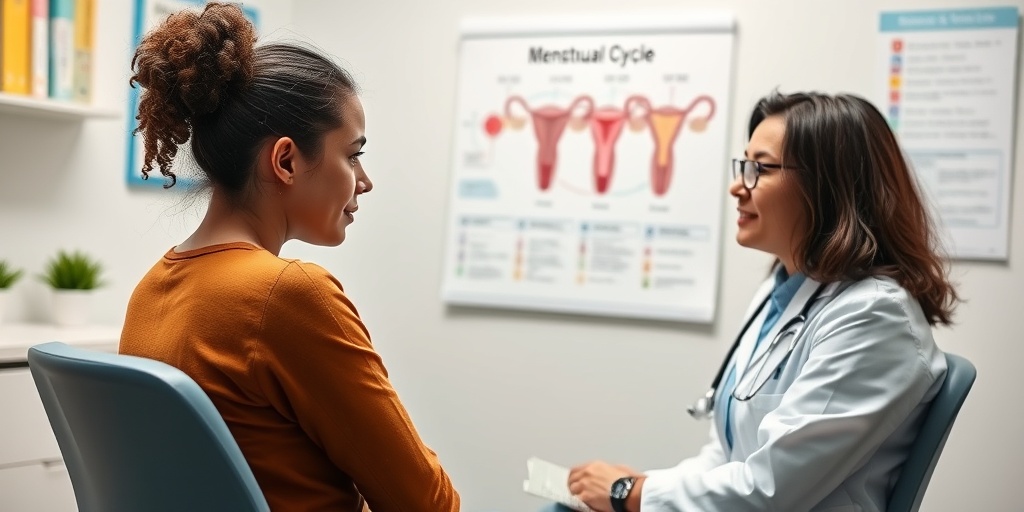
Frequently Asked Questions about First Menstrual Period
What is the first menstrual period called?
The first menstrual period is commonly referred to as menarche. This marks the beginning of a girl’s reproductive years and typically occurs between the ages of 9 and 16.
What age do girls usually get their first menstrual period?
Most girls experience their first menstrual period between the ages of 12 and 13, although it can vary widely. Some may start as early as 9, while others may not begin until they are 16 or older.
What should I expect during my first menstrual period?
During the first menstrual period, girls may experience a range of symptoms, including:
- Cramping in the lower abdomen
- Breast tenderness
- Mood swings
- Fatigue
It’s important to note that the flow can vary from light to heavy.
How can I prepare for my first menstrual period?
To prepare for your first menstrual period, consider the following tips:
- Keep a menstrual kit handy, which includes pads or tampons, wipes, and a small bag for disposal.
- Learn about the different types of menstrual products available.
- Track your cycle using a calendar or a mobile app.
What happens if my first menstrual period is heavy?
It’s not uncommon for the first menstrual period to be heavier than usual. If you experience excessive bleeding or if your period lasts longer than a week, it’s advisable to consult a healthcare professional.
When will my menstrual cycle become regular?
After the first menstrual period, it may take several months to a few years for the cycle to become regular. It’s normal for cycles to be irregular during the first few years.
What if I have my first menstrual period after a significant life event, like birth or abortion?
Experiencing your first menstrual period after events such as birth or abortion can vary. After childbirth, many women may notice changes in their menstrual cycle, and it may take some time for it to return to normal. If you have concerns, it’s best to speak with a healthcare provider.
Can I still be active during my first menstrual period?
Absolutely! You can continue with your regular activities, including sports and exercise. Just make sure to use appropriate menstrual products to stay comfortable.
Is it normal to feel anxious about my first menstrual period?
Feeling anxious or nervous about your first menstrual period is completely normal. It’s a significant milestone, and talking to a trusted friend or family member can help ease your concerns.

